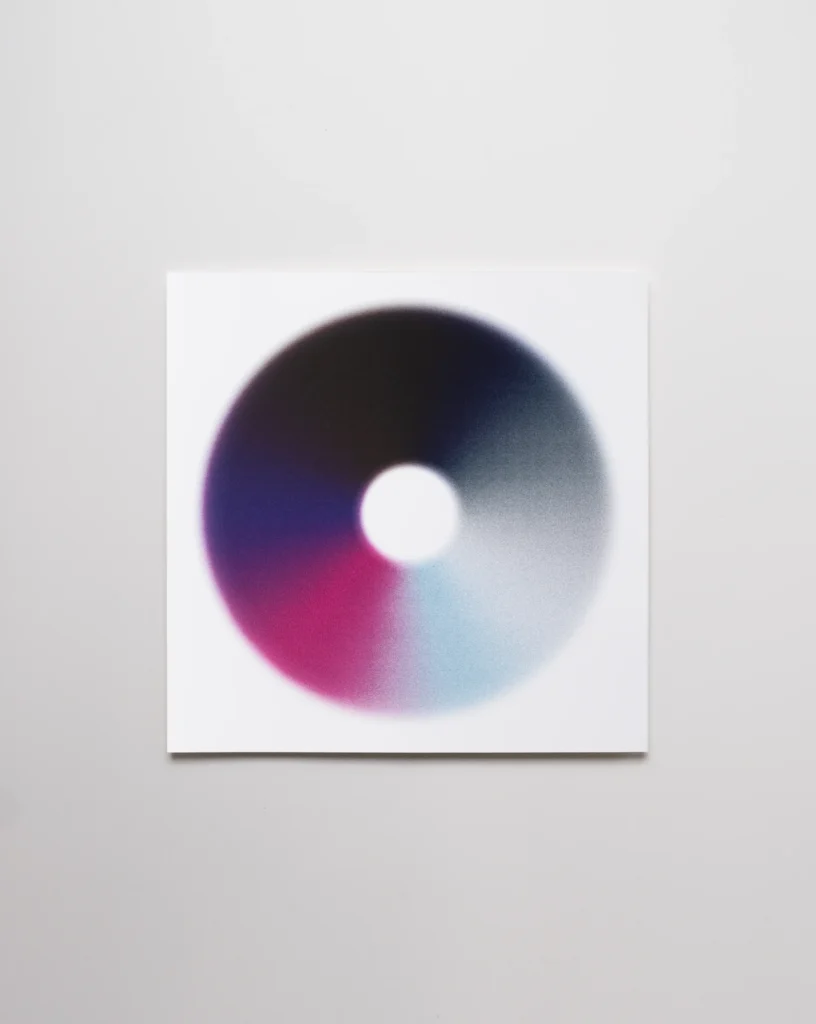OLAFUR ELIASSON
LIFEWORLD
Timed edition
Available for a limited time:
CIRCA IS A MOVEMENT, A QUESTION, A MIRROR TO THE WORLD WE LIVE IN - AND THE WORLD STILL TO COME.
Available for a limited time:

Your opaque lifeworld
£300 +VAT

Your gentle lifeworld
£300 +VAT

Your tender lifeworld
£300 +VAT

Your soft lifeworld
£300 +VAT

Lifeworld is an artwork I created with CIRCA for anyone who happens to move through the public spaces of Piccadilly Circus in London, Times Square in New York, Kpop Square in Seoul, or Kurfürstendamm in Berlin. The work also takes shape online in the global digital space of WeTransfer.
Passing through these dynamic spaces, you might notice a blurred shape and colour crossing the advertising screens that usually display crisp, sensational imagery. At first glance, these ambiguous forms may even be confusing or destabilising.
Our cities, as environments, can feel utilitarian when they are primarily dedicated to set modes of commuting or consuming. Online spaces are also increasingly rigidly programmed to be productive and profit-seeking.
I believe public spaces come to life when they host a plurality of perspectives, co-created with whoever is there at that point in time – protesters, tourists, street performers, commuters – children and adults, individuals and crowds.
Lifeworld is an invitation to contemplate who you are and where you are, here and now. The artwork relaxes your sense of depth and time in relation to everything that surrounds you, showing the immediate site anew. The rapid circulation of bodies and vehicles in real life, and information online, dissolves into the soft, slow, liminal perspectives of Lifeworld.
Now these environments, like the artwork itself, are open to our interpretations.